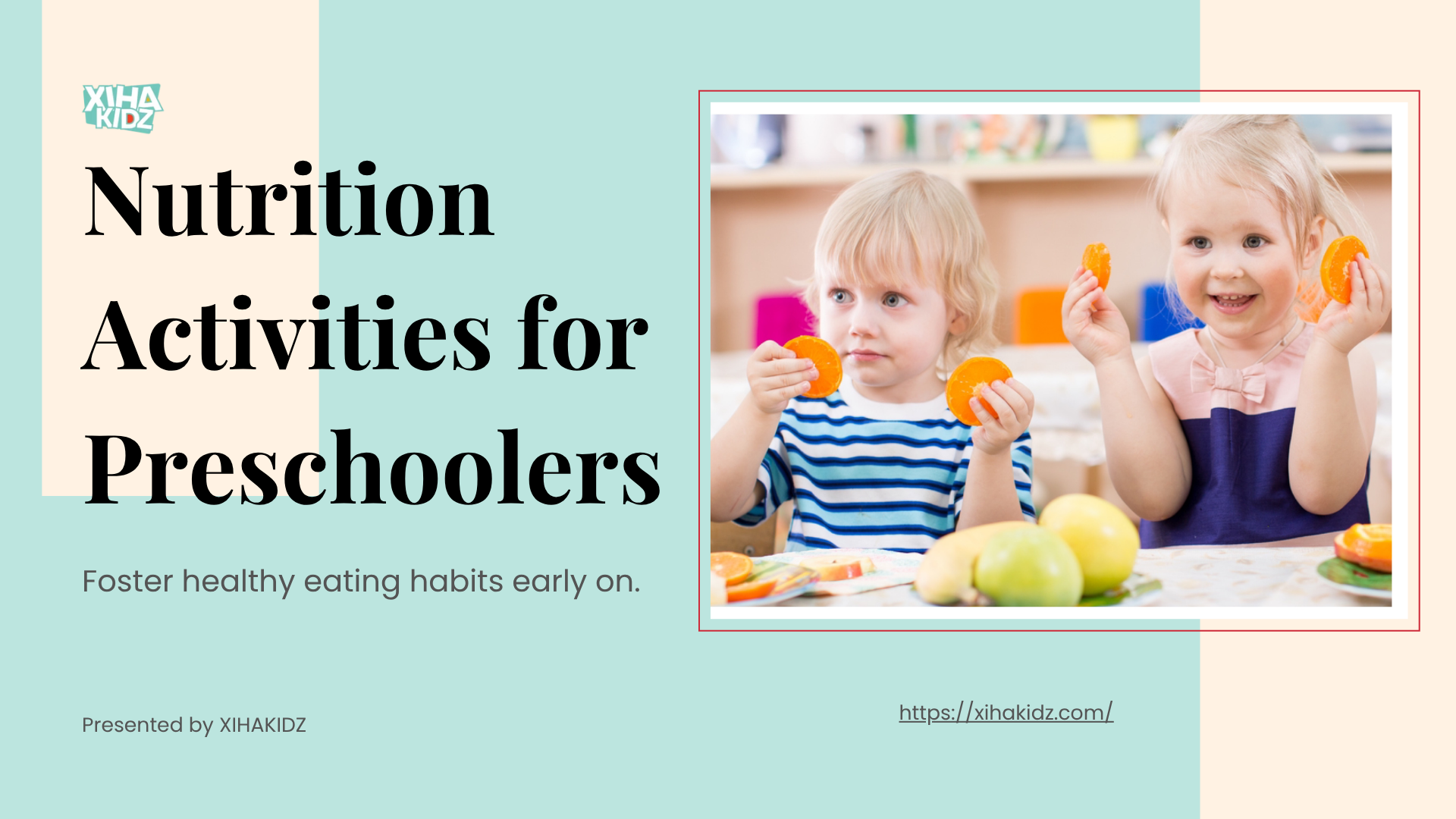Have you ever wondered which educational system truly nurtures your child’s potential—Montessori or traditional education? Are you curious about how these approaches differ in fostering creativity, discipline, and independence? And most importantly, which method aligns best with your child’s unique learning style and personality?
The Montessori approach emphasizes child-led exploration, hands-on learning, and independence, while traditional education focuses on teacher-led instruction, structure, and standardized assessments. Both Montessori vs Traditional have their merits, but choosing the right one depends on your child’s needs and your educational goals for them.
To help you make an informed decision, let’s dive deeper into the Montessori vs traditional education debate, exploring their principles, methodologies, and the potential impacts on your child’s development.
A Brief Overview of Montessori vs Traditional Education
| Aspect | Traditional Education | Montessori Education |
|---|---|---|
| Teaching Philosophy | Teacher-led, standardized curriculum focused on academic achievement. | Child-centered focuses on holistic development and nurturing intrinsic motivation. |
| Classroom Environment | Structured and teacher-focused, desks are often arranged in rows. | Open and flexible; designed for exploration with hands-on materials. |
| Role of the Teacher | Instructor, central authority in the classroom. | A guide or facilitator observes and supports individual learning. |
| Curriculum Approach | Standardized subjects with a focus on core academics like math, science, and reading. | Interdisciplinary and integrated, including practical life skills, sensory learning, and emotional development. |
| Assessment Method | Graded tests, exams, and assignments measure performance. | Observational assessments and progress reports focus on individual growth. |
| Learning Pace | There is a uniform pace for the entire class, with little room for flexibility. | Individualized pace, allowing children to progress based on readiness and interest. |
| Social Interaction | Same-age groups; emphasis on peer competition through grades and rankings. | Mixed-age groups promote collaboration, mentorship, and peer learning. |
| Focus on Creativity | Limited creativity is often secondary to structured academic tasks. | High creative exploration and problem-solving are encouraged. |
| Discipline Approach | Teacher-enforced rules and structured discipline. | Focus on self-discipline, respect, and internal motivation. |
| Materials Used | Textbooks, worksheets, and traditional tools for learning. | Specialized, hands-on Montessori materials designed to foster exploration and understanding. |
Understanding Traditional Education
What is traditional education, and why has it been the dominant form of schooling for decades? In a traditional classroom, the learning environment is structured, teacher-directed, and often characterized by standardized instruction. Classes are organized by age, with all students expected to progress at the same rate, regardless of individual differences. The primary focus is on core subjects, such as mathematics, language arts, and science, often delivered through lectures, rote memorization, and regular assessments.
The predictability of traditional education provides structure and consistency, which can benefit students who thrive in a disciplined environment. However, the system’s emphasis on performance metrics like grades and exams may inadvertently stifle creativity and curiosity. Traditional schools often prioritize academic success over emotional and social development, which some argue creates a narrow definition of success.
The Philosophy Behind Montessori Education
Montessori education, developed by Dr. Maria Montessori, is a child-centered approach that contrasts starkly with traditional methods. It is based on the belief that children are naturally curious and capable of initiating their learning when provided with the right environment and tools. Montessori classrooms are designed to foster independence, creativity, and a sense of responsibility.
Key principles of Montessori include mixed-age classrooms, hands-on learning materials, and uninterrupted work periods. Teachers, referred to as “guides,” observe and support rather than dictate the learning process. This nurturing atmosphere emphasizes academic knowledge and social, emotional, and practical life skills, cultivating well-rounded individuals.
While Montessori education has gained global recognition, it can present challenges, such as requiring significant parental involvement and commitment. Furthermore, its less structured nature may not suit all children, particularly those who prefer clear guidance and defined expectations.

Key Differences Between Traditional vs Montessori Education
Understanding the differences between Montessori vs Traditional education is essential for making an informed choice for your child. While both aim to equip children with the skills they need for future success, they diverge in philosophy, methodology, and execution.
Learning Environment: Montessori vs Traditional Education
In traditional education, classrooms are often designed for structure and order. Desks are usually arranged in rows, with students sitting in fixed positions that promote focus on the teacher and adherence to a set schedule. The environment emphasizes discipline, uniformity, and efficiency, which can help children who thrive under clear expectations. The physical setup reflects the teacher’s role as the primary authority, ensuring that all students are engaged with the same material simultaneously.
In contrast, Montessori classrooms are built around flexibility and child-led exploration. The environment is carefully prepared to support independent learning, featuring open spaces and low shelves stocked with hands-on materials that encourage discovery. Furniture and tools are designed for children’s physical proportions, promoting autonomy and comfort. Students can move freely, choose activities, and interact with peers across age groups, fostering a sense of ownership over their learning. This adaptability helps children develop self-discipline and a love for learning at their own pace.
While traditional environments provide predictability, Montessori classrooms focus on adaptability and creativity. Both Montessori vs Traditional have their merits, but the right choice depends on whether your child benefits more from a structured system or a space that fosters freedom and independence.
Teaching Methods: Montessori vs Traditional Education
The teaching methods in traditional education are predominantly teacher-centered. The teacher takes the role of an instructor, delivering lessons to the entire class and controlling the flow of information. Guided learning in this setting ensures that all students are exposed to the same material, which can be useful for standardizing academic achievement. However, it often relies on rote memorization, worksheets, and lectures, leaving little room for experiential learning.
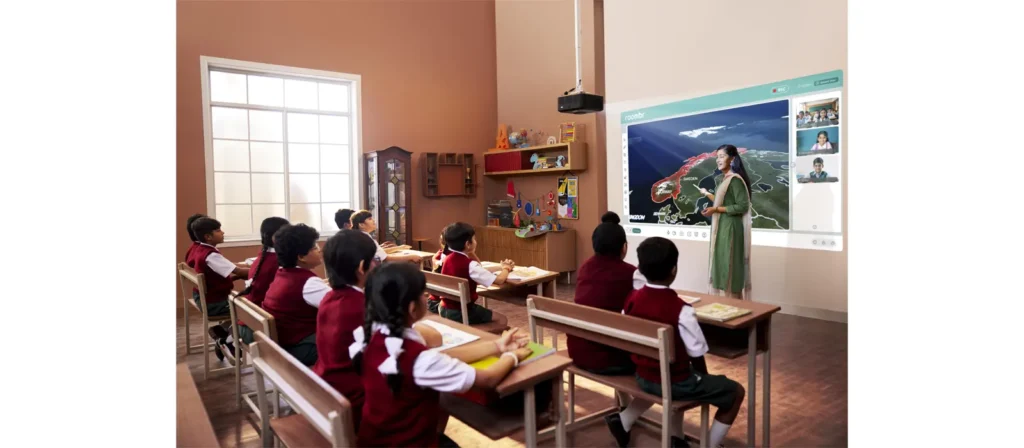
Montessori education, on the other hand, emphasizes exploration and self-directed learning. Teachers act as guides rather than lecturers, observing students to identify their interests and providing supporting tools or activities. The Montessori method is experiential, encouraging children to learn through hands-on interaction with Montessori materials and fostering critical thinking and problem-solving skills. Children work independently or in small groups, choosing tasks that resonate with their curiosity.
This difference in teaching methods highlights the philosophical divergence between the two systems: traditional education prioritizes uniformity and consistency, while Montessori fosters individuality and creativity. Parents should consider whether their child thrives with direct instruction or flourishes when allowed to explore and experiment.
Curriculum Focus: Montessori vs Traditional
Traditional education often adheres to a standardized curriculum, which focuses heavily on core academic subjects such as mathematics, language arts, and science. The goal is to ensure that all students achieve a common baseline of knowledge. Lessons are structured to follow a specific progression, often determined by state or national education standards. While this consistency can be beneficial, it may leave little room for creativity or interdisciplinary learning.
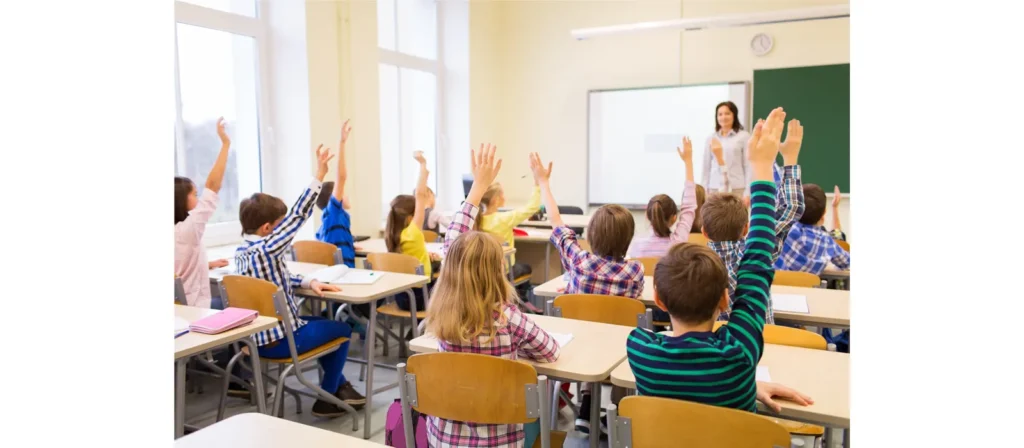
In contrast, Montessori education adopts a holistic approach to the curriculum. Instead of focusing solely on academics, Montessori integrates practical life skills, sensory activities, and social-emotional development into the learning process. Subjects are taught connectedly, helping children see how math, science, and art, for example, relate to real-world experiences. Montessori materials are designed to engage multiple senses and encourage exploration, deepening understanding and retention.
For parents weighing these options, the choice boils down to priorities: Is it more important for your child to meet standardized benchmarks or to develop as a well-rounded individual with a broad set of skills?
Social Development: Montessori vs Traditional
In traditional education, social interaction is often framed around competition. Students are usually grouped by age, and performance metrics such as grades and test scores foster a sense of peer rivalry. While healthy competition can motivate some children to excel, it may also lead to stress or a fear of failure, particularly for those who struggle to meet expectations.
Montessori education places a strong emphasis on collaboration rather than competition. Classrooms feature mixed-age groups, allowing younger children to learn from older peers and older students to develop leadership and mentoring skills. This cooperative atmosphere nurtures empathy, communication, teamwork, and critical life skills. Instead of competing for grades, children learn to work together, celebrating each other’s successes.
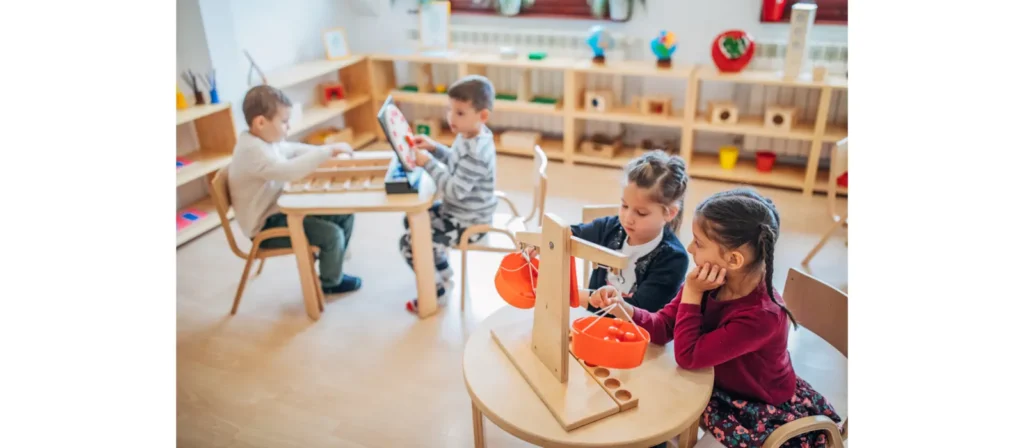
Parents should consider their child’s temperament when evaluating these approaches. Traditional schooling might be better if your child thrives in a competitive environment. However, if they value cooperation and learning from peers, Montessori could be the ideal choice.
Assessment and Evaluation: Montessori vs Traditional
Traditional education relies heavily on standardized testing, exams, and assignments to measure student progress. Grades provide a clear and quantifiable way to evaluate performance, giving students, parents, and educators concrete feedback. However, this approach often emphasizes results over the learning process, leading to stress and a narrow focus on test preparation.
Montessori education takes a more nuanced approach to assessment. Instead of tests and grades, teachers observe students’ progress over time, documenting their development through notes and portfolios. This method focuses on qualitative insights rather than quantitative scores, allowing educators to provide personalized support based on each child’s unique strengths and challenges. Children are also encouraged to self-assess their work, fostering accountability and self-awareness.
The choice between Traditional vs Montessori education depends on how you want your child’s progress to be measured. Traditional education might be preferable if you value structured feedback, standardized tests, and clear academic benchmarks. This system offers more defined assessments and quantifiable outcomes. In contrast, Montessori education’s observational model could align more with your values if you prioritize a deeper understanding of your child’s growth, focusing on individual development, creativity, and learning at their own pace rather than conforming to traditional grading systems.
Parent Involvement: Montessori vs Traditional
In traditional education, the role of parents is often limited to reviewing grades, attending parent-teacher conferences, and supporting homework completion. While these activities are important, they typically place parents in a reactive role, focusing on outcomes rather than the learning journey.
Montessori education encourages parents to play a more active and collaborative role. Schools often provide workshops, resources, and guidance to help parents integrate Montessori principles into their home environments. This partnership between educators and parents creates consistency, reinforcing the child’s learning and development at school and home. Parents are seen as co-educators, deeply involved in shaping their child’s educational experience.

The level of parental involvement required by Montessori vs Traditional education can be both a strength and a challenge, depending on your family’s capacity and commitment. Montessori education, emphasizing individualized learning and self-directed exploration, often encourages greater parental engagement in the child’s educational journey. On the other hand, traditional education’s more defined roles and structured environment may appeal to parents seeking a less hands-on approach. At the same time, Montessori resonates with those who wish to be more directly engaged in their child’s growth, fostering a deeper connection with the learning process.
Benefits and Challenges of Traditional Education
Benefits:
- Structure and Routine: The consistency of traditional education provides a predictable environment, which can be comforting for many children.
- Clear Expectations: Students understand what is required, with defined goals and assessments.
- Readiness for Formal Systems: The system mirrors higher education and professional environments, offering familiarity for future transitions.
Challenges:
- Lack of Individualization: A one-size-fits-all approach may not accommodate different learning styles or paces.
- Pressure to Perform: Focusing on grades and tests can lead to stress and reduced intrinsic motivation.
- Limited Creativity: Emphasis on standardized instruction may stifle innovation and independent thinking.
Benefits and Challenges of Montessori Education
Benefits:
- Fosters Independence: Montessori encourages self-directed learning, helping children develop autonomy and problem-solving skills.
- Holistic Development: Focusing on emotional, social, and practical life skills nurtures well-rounded individuals.
- Encourages Curiosity: Hands-on materials and exploratory activities ignite a love for learning.

Challenges:
- Less Familiar Structure: Some children and parents may find the open-ended nature of Montessori overwhelming.
- Parental Commitment: Montessori often requires active parental involvement and support at home.
- Accessibility: The cost and availability of Montessori schools can be a barrier for some families.
Transform Your Classroom with Custom Furniture Solutions
Combine Both Methods
Many families and educators are adopting a blended approach, combining traditional and Montessori education elements. For instance:
- Structure with Flexibility: Incorporating Montessori-inspired learning activities at home while benefiting from the structured environment of traditional schooling.
- Focus on Core Academics: Using traditional methods for subjects like math and language while embracing Montessori principles for hands-on science or creative projects.
- Social Interaction Balance: Encouraging teamwork and competition in traditional settings while nurturing collaboration and mentorship in Montessori-style activities.
This hybrid method allows parents to tailor their child’s education to their strengths, needs, and preferences, creating a balanced and enriched experience.
How to Choose the Best Approach for Your Child?
The right educational method depends on understanding your child’s personality, learning style, and developmental needs. Consider these factors:
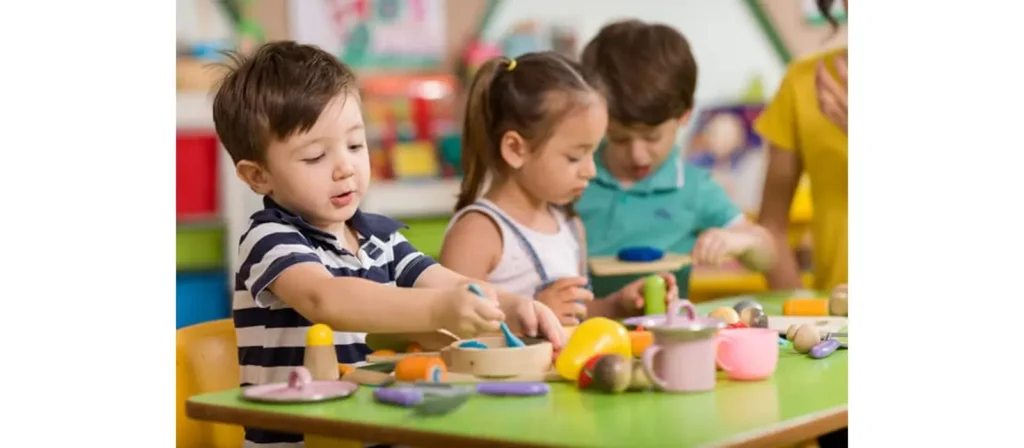
- Your Child’s Learning Style: Does your child thrive in a structured environment or prefer exploration and independence?
- Family Goals and Values: Which approach aligns with your family’s priorities and philosophy?
- School Environment: Visit potential schools to assess their atmosphere, teaching methods, and community.
- Teacher-Child Fit: A skilled and supportive teacher can significantly influence your child’s experience, regardless of the system.
Take time to research, observe your child, and consult educators to make an informed decision that best supports your child’s growth.
Conclusion
The debate between Montessori vs Traditional education isn’t about finding a universally “better” option but choosing the right fit for your child. Both systems offer unique advantages and face distinct challenges. By understanding these differences and focusing on your child’s needs, you can make a choice that nurtures their potential, creativity, and well-being. And remember, blending the best of both worlds is always an option, ensuring a customized and balanced educational journey.
Discover Our Full Range of Products
Get access to our comprehensive catalog featuring top-quality furniture and play equipment for kindergartens and schools.





